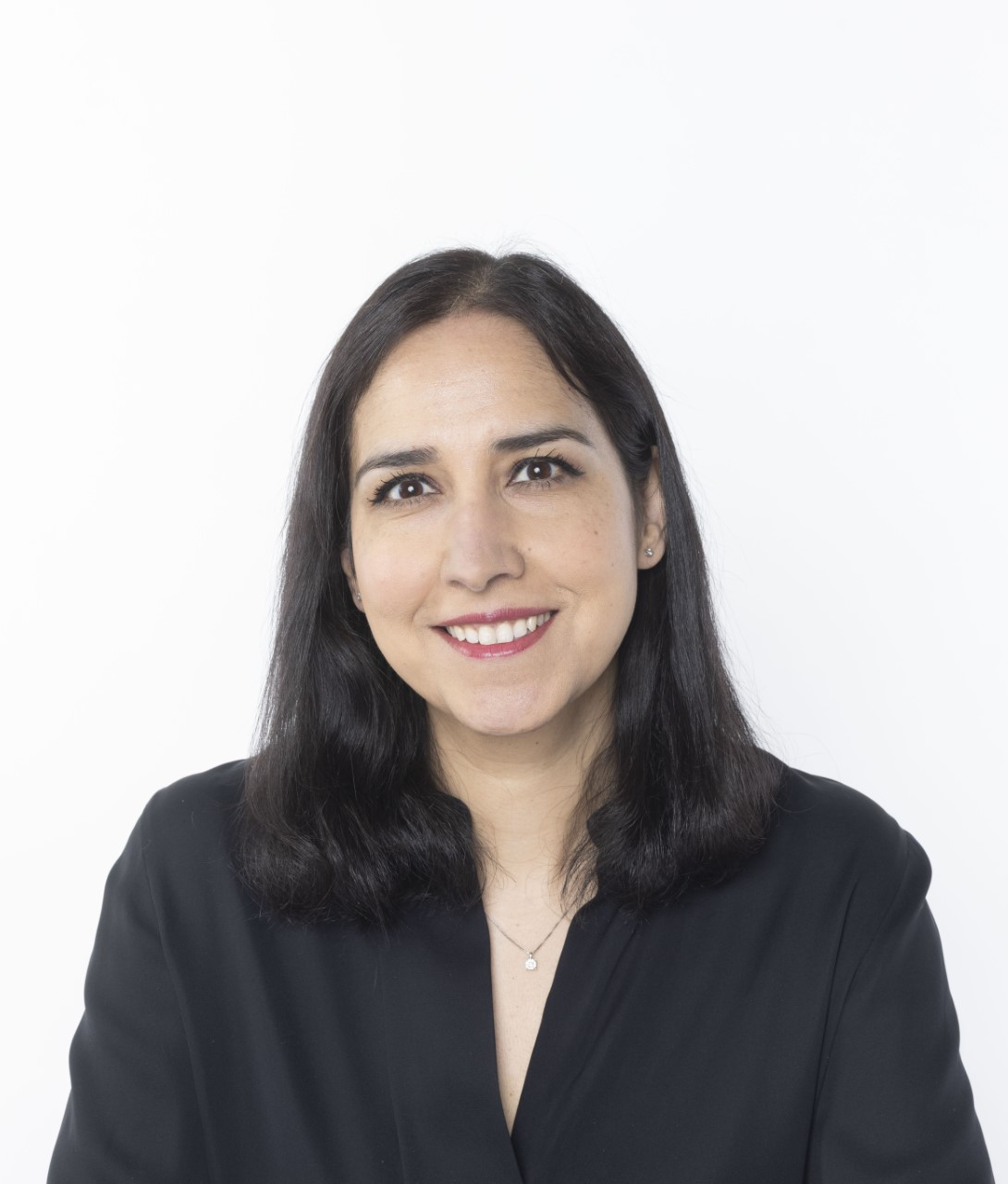Shazia Majid is author, journalist and works as a commentator in VG (newspaper).
She has published the book "Ut av skyggene – den lange veien mot likestilling for innvandrerkvinner".
Photo: Janne Møller Hansen

Shazia Majid is author, journalist and works as a commentator in VG (newspaper).
She has published the book "Ut av skyggene – den lange veien mot likestilling for innvandrerkvinner".
Photo: Janne Møller Hansen